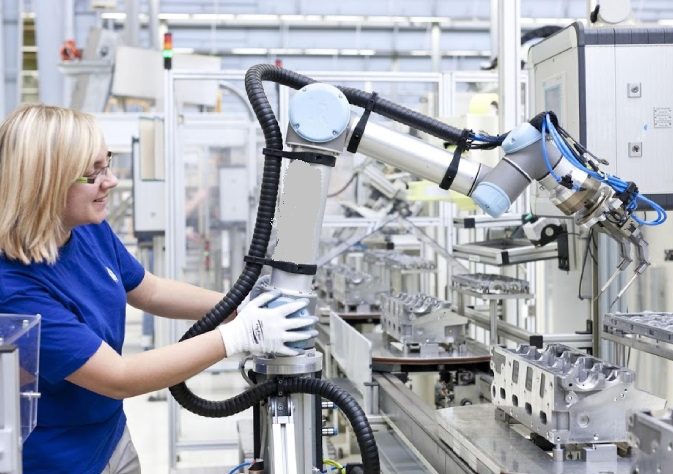Challenges that occur during aircraft production
The aerospace industry had a glorious 2018 with booming production. Due to flexible air tickets, more people are getting involved in this culture. As the demand for people increases, it becomes necessary to run the production hand in hand with the demand. The aerospace industry is shifting from manual progression to automation. The collaborative robots are providing all sorts of help to the manufacturing industries to develop their goal of shifting to automation.
Moving heavy air-craft parts is one of the major problems in the aerospace industry. Due to the parts being strong and rigid it becomes hard for the collaborative bots to stand such components. This can only be possible if the heavy air-craft components are mobile.
Owing to such complications the aerospace industry is demanding mobile platforms from their engineering partners. These platforms can be either guided with tracks or automated guided vehicles (AGV). Also having such platforms can keep humans away from hazardous environments.
Some integral applications of robotic science in aerospace industry
The robotically automated simplified systems can inspect structural and non-structural parts of the aircraft. The automation systems can help the aerospace manufacturers in precision and pace while working with heavy structural parts of an aircraft.
The collaborative robots work with the help of ultrasonic ways to detect and attach carbon-fiber parts of the air-crafts.
Some paramount tasks like painting and coating require a high amount of skill and reliability. The collaborative robots can perform this task with absolute efficiency and can maintain accuracy while coating the texture.
During the refurbishing of air-craft, the automated robots use xenon flash to remove the paint. Before the application of robots, such as health hazard practices were followed by a human.
What are the trends of automation in the aerospace industry?
The engineering developers of the aerospace manufacturers have achieved success deliberately in placing heavy loads on the robots. This trend of development is considered to be continued with various branches involving collaborative robots.
The artificially intelligent collaborative robots will help the manufacturers to inspect and access the requisite needs of the productions. Many new sensing techniques are in development designed by renowned engineering companies.
The application of highly interactive robots can minimize the work of humans and maximize the safety and production of the aerospace industry. It will be soon for us to see the multi-tasking robots working in such manufacturing industries.

